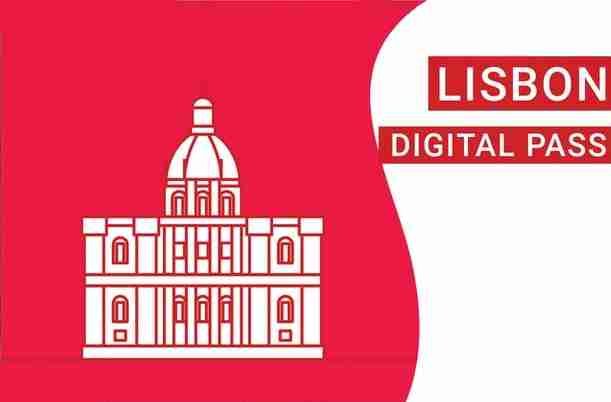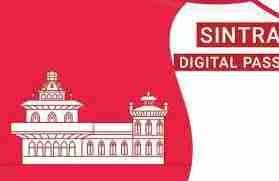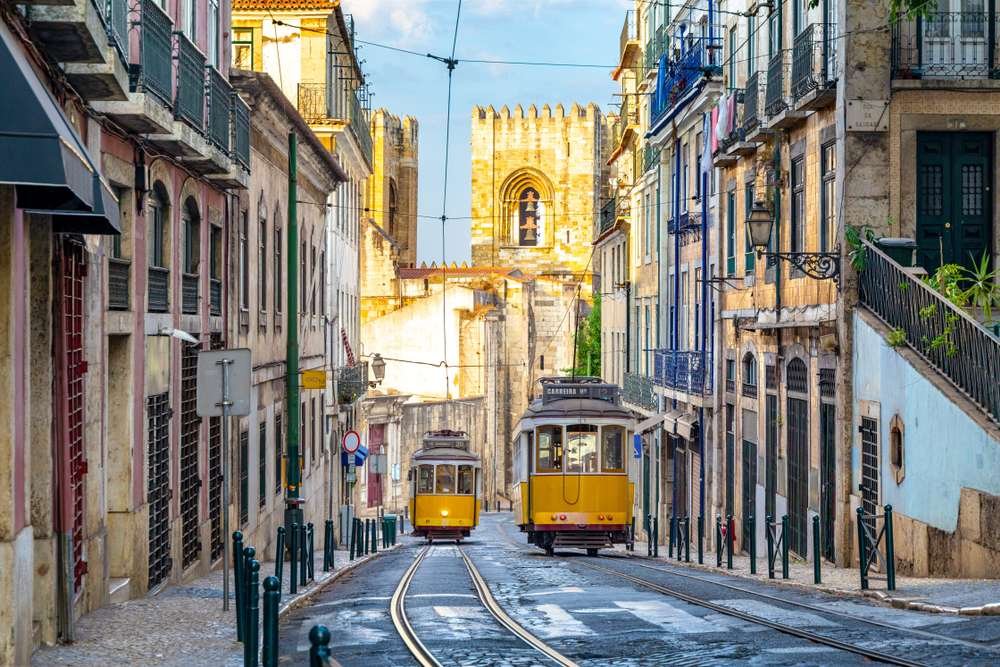Complete Guide of Public Transportation in Lisbon
Guide to transportation, routes, tickets, and city pass options for both locals and travelers in Lisbon.
How Does Public Transportation Work in Lisbon?
Despite being a small and condensed city, making it easy enough to explore on foot, Lisbon offers an efficient and well- organized system of public transport for locals and travelers who want to explore the city with options.
The most widely used forms include the electric trams, the metro, ferries, buses, funiculars and trains. There are also car share options, such as Bolt and Uber, used by those who prefer convenience or who are traveling in groups.
Discover in this article the various options for public transportation, what tickets you should buy for your trip and other important details covered in our FAQ section.
Which City Pass is Essential for Exploring Lisbon?
For those looking to maximize their Lisbon experience, a city pass is a fantastic choice. With a single ticket, it grants access to Lisbon's top attractions and activities, often at discounted rates or even for free.
Furthermore, these city passes often come with additional benefits, such as complimentary use of public transportation. By saving both your budget and valuable time, you can carefully plan your itinerary while exploring the charming heart of Portugal.
Comparison Table for City Pass Options in Lisbon
Lisboa Card | The Lisbon Pass | The Lisbon-Sintra Pass | |
|---|---|---|---|
CITY PASSES |  |  |  |
A CATEGORY ATTRACTIONS | |||
B CATEGORY ATTRACTIONS | |||
C CATEGORY ATTRACTIONS | |||
ATTRACTIONS THAT INCLUDED | +30 | +40 | +30 |
VALIDITY PERIOD | 24, 48 & 72 Hours | 72 or 96 Hours | 24, 48 & 72 Hours |
DELIVERY METHOD | Digital Pass | Digital Pass | Digital Pass |
PUBLIC TRANSPORT | |||
PRICE FOR ADULTS | From 27 to 54 € | From 43 € | From 71 to 82 € |
Discover our top recommendation:
Lisboa Card
Unleash the full potential of your Lisbon adventure with the Lisboa Card! This all-inclusive pass offers free admission to over 35 top attractions and museums, including the Tower of Belem, and the Mosteiro dos Jerónimos. On top of that, you can benefit from free travel by bus, metro, tram, and elevadores like the Santa Justa Lift, along with valuable discounts, store coupons, and a handy guidebook. Choose from 24, 48, or 72 hours of exploration, with prices starting at just €27 for adults. Elevate your Lisbon experience with the Lisboa Card – your key to unforgettable memories in Portugal's vibrant capital! More Details.
How is public transportation in Lisbon paid for?
Here is an overview of the most important tickets.
- 1
The Viva Viagem Card is the official transportation ticket, and it can be purchased and used for all forms of transportation within Lisbon city limits. It is a rechargeable paper ticket which can be bought at train stations and specific ticket kiosks.
- 2
Single use tickets can be bought at train stops, on buses and at locations where there are electronic machines. Single use tickets will be printed in the form of a receipt.
- 3Cash Payment: You can also pay in cash, coins preferably, when entering the buses and trams. Purchasing all ride fares with the Viva Viagem Card is cheaper than paying in cash onboard. Trains and ferries do not accept cash and tickets, they must be validated before entering.
- 4Long Term Pass : The department of public transportation offers a long term rechargeable pass, called "Navegante", which is ideal for those who will be staying at least a month. Here more info.
What public transport ticket should I buy for my trip to Lisbon?
Here are the tickets you can buy for public transport during your trip to Lisbon, with explanation on in which case you should buy them.
- The Viva Viagem Card is the main transportation card used in Lisbon. It offers various options depending on your needs / length of stay.
- Single ticket: Valid for a one way ride. You can load the card with as many single ticket rides as you want.
- 24-hour ticket: Valid for unlimited rides within a 24-hour period
- Zapping: Valid for the amount of money loaded onto the card. This is the best option for those who plan to stay a few days and expect to move around the city with multiple forms of transport.
Important: Your Viva Viagem Card can only function with one of the above ticket options at a time. If you desire to use multiple options, you will need to purchase additional cards. Each card costs 0.50€

Public Transportation Network in Lisbon
Find below all the transport means available in Lisbon.
- Metro: All stations are marked with a red M in the city. You must purchase a Viva Viagem Card to use this form of transportation. 6:30 am- 1:00 am daily. The metro consists of four colored lines. Below are their beginning and ending stations. – blue line (Reboleira – Santa Apolónia – green line (Telheiras – Cais do Sodré) – red line (Aeroporto – São Sebastião) – yellow line (Odivelas – Rato).
- Buses: Buses run all over the city and have free wifi onboard. There are more than 170 routes. The final destination and number of the bus route can be seen on the front above the windshield. Buses generally run between 5 am - 11 pm with the exception of a few night buses operating in the city center.
- Trams: The electric trams are the most popular form of transportation used by those visiting Lisbon. Be prepared to wait in line to board. Each time you exit and enter, a new fare is required. There are six different routes.
- Trains: The most popular train routes used by those visiting Lisbon are the lines which run to Sintra and Cascais. The starting station to Cascais is Cais do Sodré and the starting station to Sintra is Rossio. Trains depart every 10-20 minutes. The journey to both destinations takes about 45 minutes. More about Train Stations in Lisbon. Also read our Guide to Sintra.
- Funiculars: There are three funiculars in Lisbon, all of which are popular photo motifs as much as forms of transportation. Funiculars are best used for climbing Lisbon’s notoriously steep hills. The three options are: Ascensor da Glória, Ascensor da Bica and Ascensor do Lavra.
- Ferries: Ferries are an ideal option for those looking to visit the opposite side of the Tejo River. Ferries leave from various ports and transport travelers to different areas of the southern banks. Using a ferry to reach beaches or the Cristo Rei statue is suggested.
- Taxis: Taxi fares in Lisbon are lower than other European capitals. They are an ideal option for those traveling with luggage, with time restraints or late at night.
- Ride Sharing Service (Uber, Bolt): The most widely used forms of car sharing are Uber and Bolt. Both require you to download the app on your smartphone and activate your profile with a credit card. These options are safe, reliable and cheaper than taxis.
- Tuk Tuks: For those wanting to explore the winding, narrow streets of Lisbon, Tuk tuks are the perfect option. They can normally be found around highly dense tourist neighborhoods, such as Alfama and Baixa. >> Details about the most popular Tuk Tuk Tour.
- Communal Electric Bikes and Scooters: There are various providers of communal electric transportation options, with Bolt, Bird, Hive and Lime being the most common. With the app active on your smartphone, you can easily rent bikes and scooters around the city.

Frequently asked questions about public transport in lisbon
Since Lisbon Airport is just 20 minutes from downtown Lisbon, you have several good options to get from the airport to the city centre, and vice versa. If you want to use public transport, you can choose between the city buses and the metro. Convenient alternatives are the Aerobus shuttle service, a private transfer, a taxi or Uber. It is also possible to rent a car in the airport and drive by rental car to the center.
There are two options when traveling to Sintra. Leaving from Rossio station is a train which departs every 30 minutes and arrives in less than 45. There is also a bus, Line 35, which costs less than €10 and leaves every 25 minutes.
Lisbon is a very easy city to explore by walking. The public transportation system is a great support system for those who want a break or have time limits for their visit. Using the Viva Viagem card with the zapping ticket option is the best complimentary ticket for those who plan to walk a lot but also occasionally will use transportation.
Compared to almost all European cities, Lisbon’s options for public transportation are relatively cheap. Most buses, trolleys and the metro cost only a few euros and are cheaper when you purchase a ticket ahead of time. Paying for single rides with cash is always the priciest option. The cheapest forms of transportation are the buses and the electric trams.
If you get on and ride the tram through its complete route, it will take just under 50 minutes. We suggest you do and it passes through many interesting and historic neighborhoods and past some of the city’s most popular landmarks.
Yes and no. When purchasing tickets at the kiosks or ticket machines in the metro, credit cards are accepted. Howeere, when you enter a bus or a tram be prepared to have change on hang if you don’t already have a ticket. As trams can become crowded in the summer, it's ideal that you have loose change to pay with rather than paper bills.
Most forms of public transportation stop around 1 am. It’s best that for late nights you use either uber or bolt to reach your destination. Both options are safe and rides are tracked on the app.
